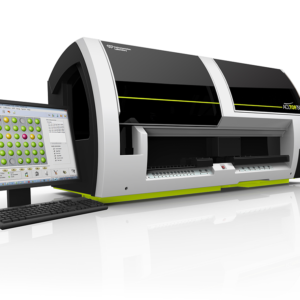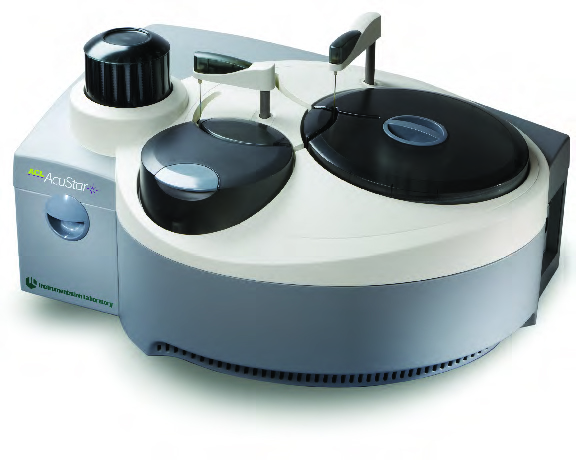Innovation through state-of-the-art chemiluminescent technology.
The ACL AcuStar is the first instrument to introduce chemiluminescent technology in hemostasis testing. Developed specifically for hemostasis specialty testing, the unique characteristics, in combination with our innovative assays, significantly improve testing accuracy, assay range, sensitivity, and specificity, while saving valuable time.
Broad sensitivity and working range
• Chemiluminescence is an analytical technique with a wide working range and ability to detect very low concentrations of analytes, other assay designs cannot match
• With chemiluminescent assays, the tracer (such as an antibody covalently linked to isoluminol) binds specifically to the target of the assay, emitting light when an oxidizer and catalyst are added
• The light detector in the ACL AcuStar is highly sensitive and detects extremely low levels of light, significantly increasing the linearity (or working range) versus typical colorimetric assays
• Example: working range of ACL AcuStar chemiluminescent D-Dimer assay is almost ten times greater than other D-Dimer assays
Ability to differentiate among Ig isotypes
• Avoids false positives from non-disease-causing isotypes
• Provides specific isotype, yielding clinically significant results, rather than simply detecting the presence of all antibodies
• Assays that cannot differentiate among isotypes, may yield false high results due to detection of other non-disease-causing isotypes
No optical interference
Contaminants in blood samples increase absorption at different wavelengths. In a colorimetric assay, if absorption occurs, it can result in optical interference leading to falsely elevated readings.
Chemiluminescent assays on the ACL AcuStar have no optical interference because:
• Light is not emitted unless all three reagent components are present
• Contaminants are efficiently washed away












